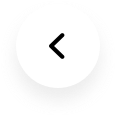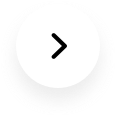The Netherlands
Born in Beverwijk, Netherlands, 1969. Lives and works in Berlin, Germany. 1989-1990, Art History University of Amsterdam; 1990-1995, Gerrit Rietveld Academie, Amsterdam; 1997-1998 Rijks akademie, Amsterdam; 1994-2006 Collaborative praxis with Jeroen de Rijke (1970 – 2006) ;2002-present, Tutor, De Ateliers, Amsterdam; 2006-present, Professor of Finer Art, Staaliche Hochschule Fur Buildende Kunste - Stadelschule, Frankfurt am Main.
Solo Exhibitions: 2016 Museum für Moderne Kunst, Frankfurt, Germany; 2015 “Legal Noses,” Regen Projects, Los Angeles, CA; “The Impassioned No.” Dijon, France, “Willem de Rooij,” Index - The Swedish Contemporary Art Foundation, Stockholm.
Known for working in a variety of different media, including film, installation, sculpture, weaving, and exhibition making, de Rooij has developed a stringently precise practice, which addresses some of the most fundamental components of art making, such as meaning, color, authorship, labor, and time. Yet for all its conceptual rigor, apparent elegance and self- referential concision, his work is full of play,encouraging and ultimately engaging issues of interpretation, from the political to the social as well as the aesthetic (the title of the show, for instance, like many of the artist’s shows, is an anagram). Functioning predominantly through protocol, de Rooij’s work is often developed in collaboration with artisanal specialists - in the case of this exhibition, finishers, weavers and a florist - making it such that aesthetic decision-making is depersonalized and outsourced to a co-producer.
He essentially liquidates the so-called personal touch of the artist, making every effort he can to distribute not only the production, but also, and even more importantly meaning as broadly as possible. And while virtually every aspect of de Rooij’s production is conceptually and pragmatically accounted for, nothing, paradoxically, is closed or shut down - everything is left wide open. For this series presents a kind of symbolic retrospective, unifying the essential stakes of his practice while deploying the full extent of the palette he has used until now. Inspired by art’s ostensible similarity to puzzle-solving (as if “understanding” art were like cracking a puzzle), the work builds on de Rooij’s on-going preoccupation with meaning and the drive and methods to attain it. It is for this reason that the dominant figure of the show is the Tangram. Reputed to have been invented in China during the Song dynasty, this puzzle was imported to and popularized in Europe in the beginning of the 19th century and later in the United States. Initially a square consisting of seven geometric figures, it can be reconfigured to solve over 6,500 problems, as such, like art, it is a problem (or even better, problems) vastly devoid of a single, fixed solution. The tangram is represented on seven shaped stretchers featuring individual weavings, themselves woven from the seven colors that have thus far constituted de Rooij’s palette: Pink, brown, black, blue, yellow, silver, and gold. Akin to de Rooij’s other hand-made
weavings, these works are composed of different percentages of color, such that a single hue dominates each respective piece. These shaped works are accompanied by two more weavings in which the seven colors will be equally distributed, resulting in a muddy monochrome from a distance, and a voluptuous chromatic heterogeneity upon closer inspection. Presented on more traditionally shaped stretchers, these two works, whose central joints are respectively horizontal and vertical, equal the size of a tangram as a square. Together and individually, the Tangram weavings expand on de Rooij’s interest in the protean, and ultimately subjective significations of color, compounding its instability with that of form.
Text / Chris Sharp











